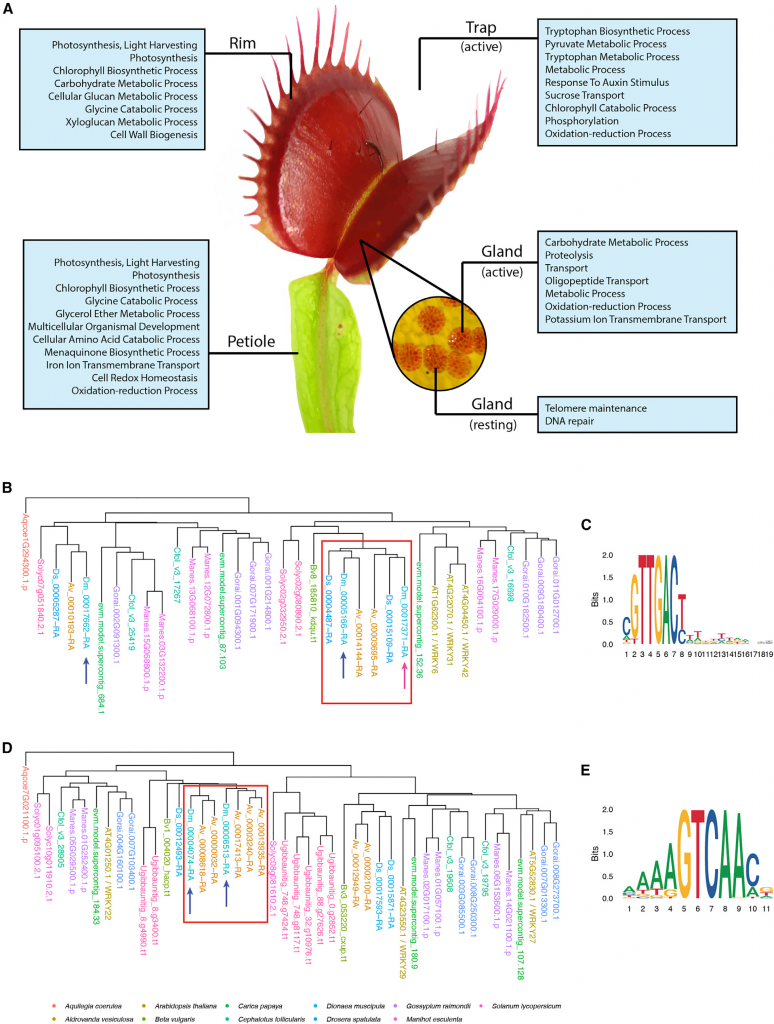
Repurposed genes and the evolution of plant carnivory (Curr. Biol.)
Plant Science Research WeeklyCarnivorous plants attract, trap, digest, and import nutrients from small animal prey, enabling these plants to thrive in nutrient-poor soil. Palfalvi et al. sequenced, annotated, and compared draft genomes from the family Droseraceae for the Venus flytrap (Dionaea muscipula), the waterwheel plant (Aldrovanda…
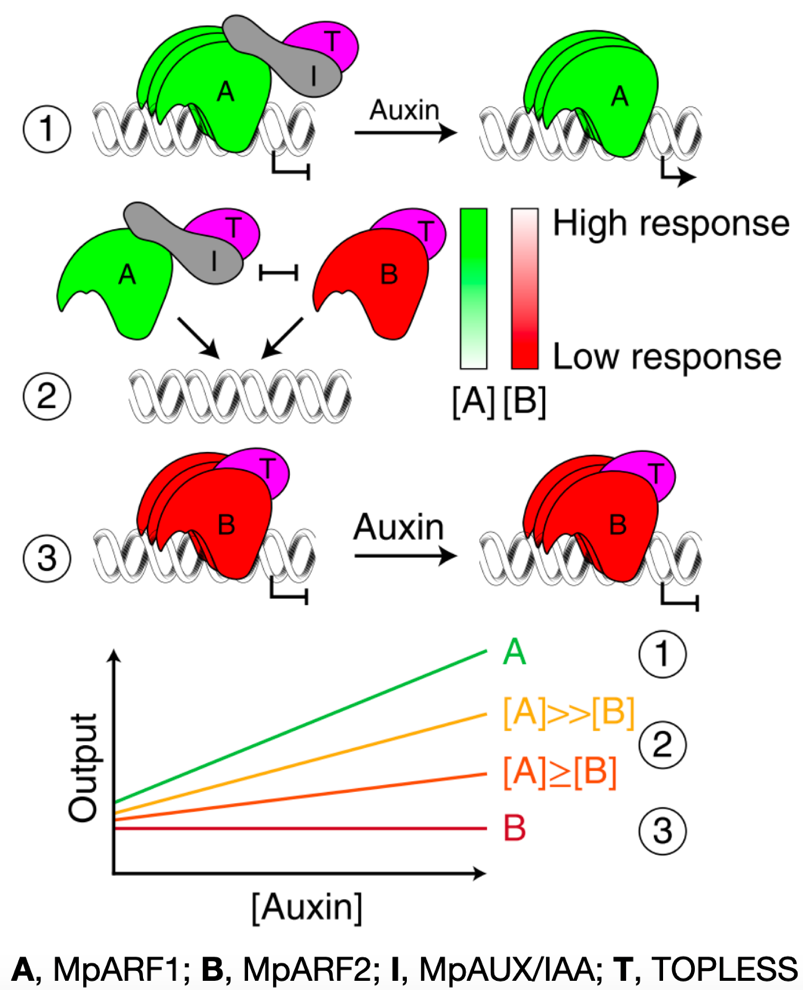
Design principles of a minimal auxin response system (Nature Plants)
Plant Science Research WeeklyAuxin controls virtually all facets of growth and development. This plant hormone is sensed by TIR1/AFB F-box receptors which promote ubiquitin-mediated degradation of AUX/IAA transcriptional repressors, releasing ARF transcription factors from inhibition. Phylogenetic analyses divide the ARF family…
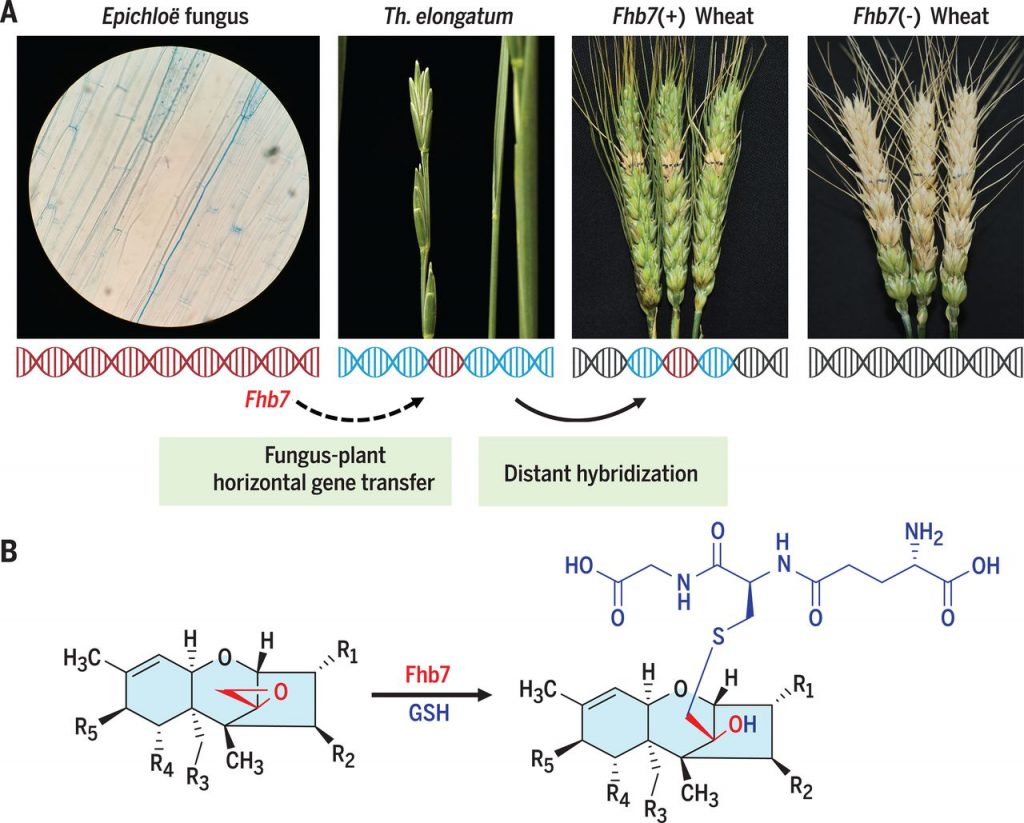
Horizontal gene transfer of Fhb7 from fungus underlies Fusarium head blight resistance in wheat (Science)
Plant Science Research WeeklyMycotoxins are fungal toxins with harmful health effects on humans and other animals. Fusarium head blight is a fungal disease of wheat inflorescences that can contaminate the grain and harm its consumers. Previously, Fhb7 was identified in the wheat relative Thinopyrum elongatum as a quantitative trait…
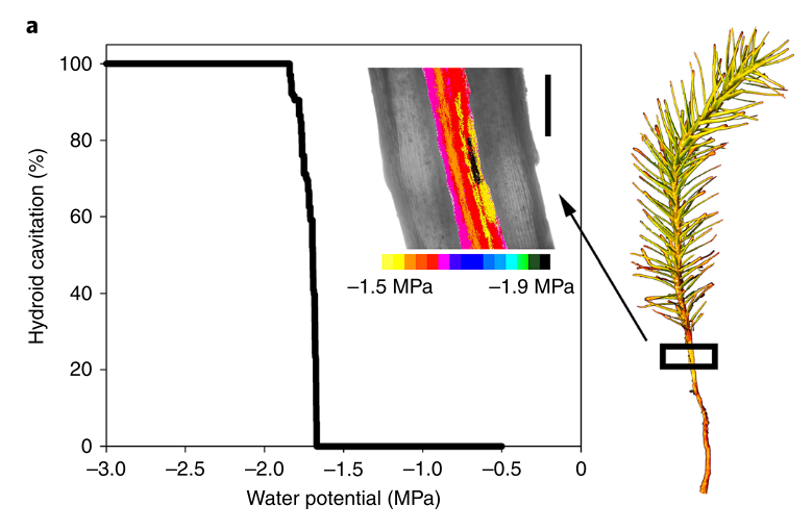
Advanced vascular function discovered in a widespread moss (Nature Plants)
Plant Science Research WeeklyIn order to grow upwards into the dry atmosphere, plants need to keep their elevated tissues hydrated and functional. In vascular plants this is achieved by a lignified water transport system in conjunction with stomatal regulation of gas exchange and the encasement of photosynthetic tissues in an impermeable…

Review: Evo-physio: on stress responses and the earliest land plants (J. Exp. Bot.)
Plant Science Research WeeklyStreptophytes are a grade of mostly freshwater algae that transitioned into land, a singularity that in turn gave rise to all present terrestrial flora. This passage along the hydrological gradient that culminated in land habitation required key adaptations to overcome previously unencountered terrestrial…
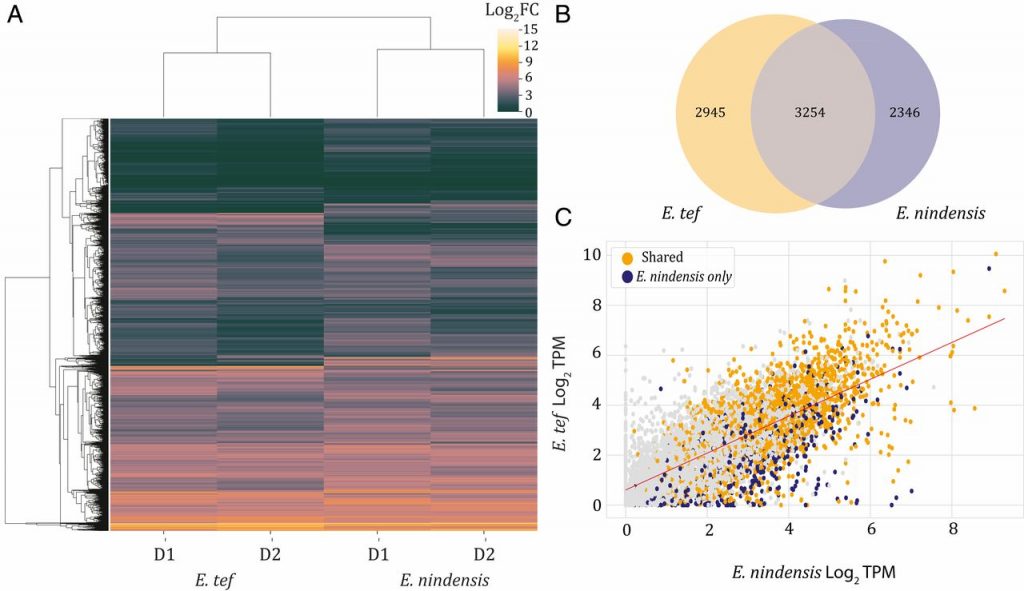
Intertwined signatures of desiccation and drought tolerance in grasses (PNAS)
Plant Science Research WeeklyDesiccation tolerance (i.e., the capacity of surviving with very low water content) is widespread in seeds and pollen, but quite rare in vegetative organs. Most authors agree that in angiosperms it originated multiple independent times from rewiring seed desiccation tolerance pathways. Here, Pardo et…
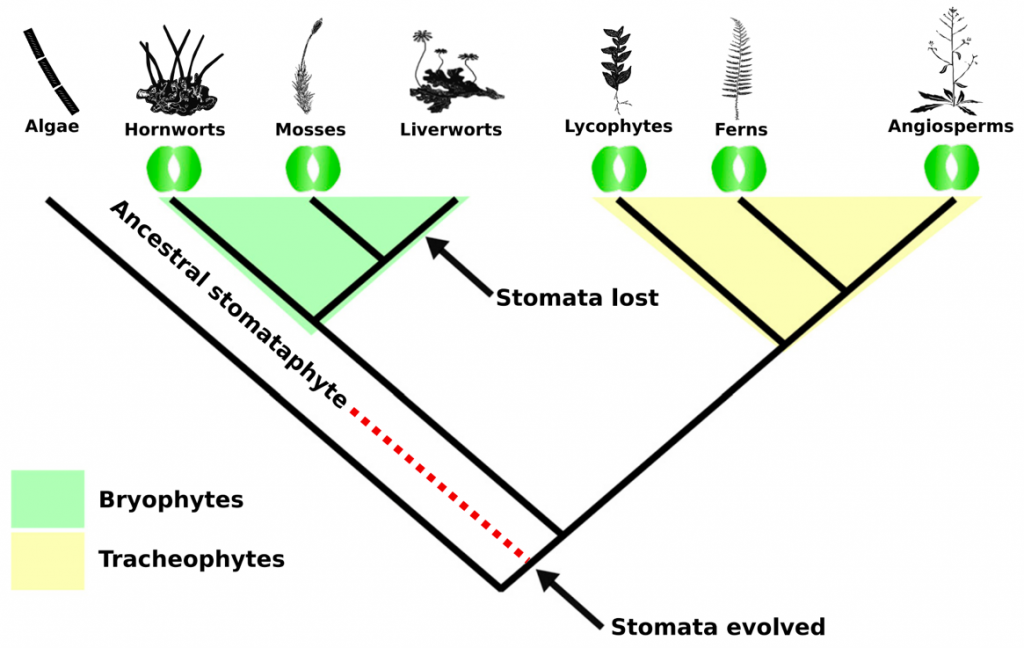
Phylogenomic evidence for reductive evolution of stomata (Curr. Biol.)
Plant Science Research WeeklyColonization of the terrestrial environment by land plants (embryophytes), a monophyletic clade that evolved from freshwater streptophyte algae, forever changed Earth by transforming biogeochemical cycles. The evolution of stomata was a key adaptation that allowed the colonization of terra firma. Present…
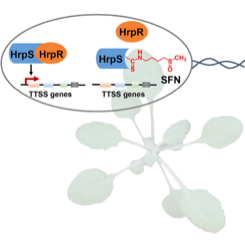
A plant secondary metabolite selectively targets bacterial pathogenicity (Cell Host Microbe)
Plant Science Research WeeklyPlants have a variety of secondary metabolites that are associated with defense against pathogens, but the mode of action of such metabolites is poorly understood. Wang et al. revealed that the Arabidopsis secondary metabolite sulforaphane (SFN), which is derived from aliphatic glucosinolate, suppresses…
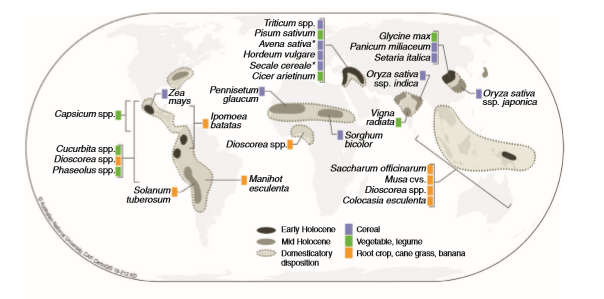
Review: The domestication syndrome in vegetatively propagated field crops (Ann. Bot.)
Plant Science Research WeeklyArcheological remains and genetic analyses of ancient DNA have revealed that the loss of seed dispersal marks the onset of domestication for sexually reproduced crops such as cereal, legume and oils seed crops, for which annual cultivation is based on sowing seeds. In contrast, less is known about the…

